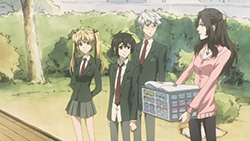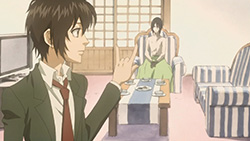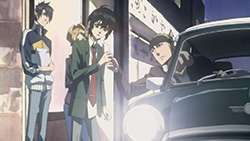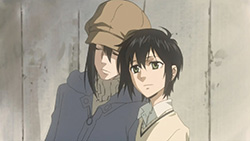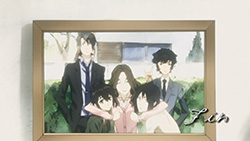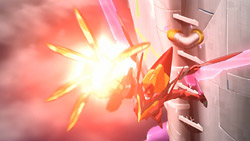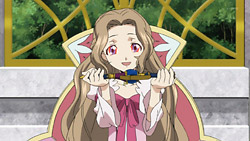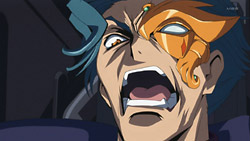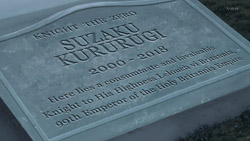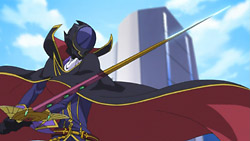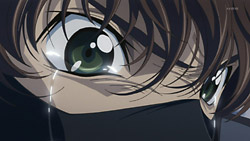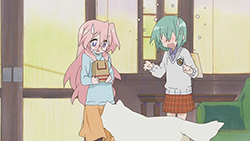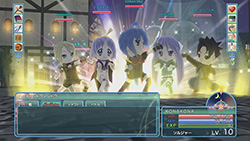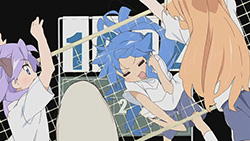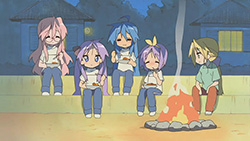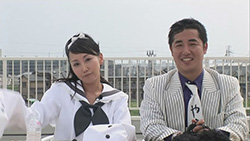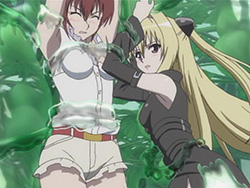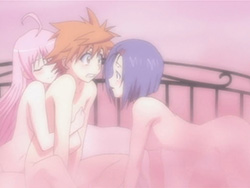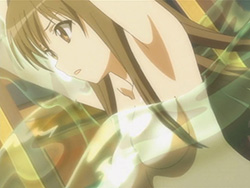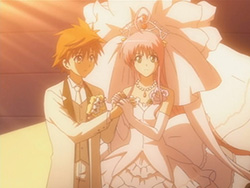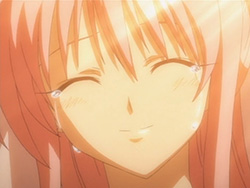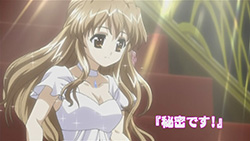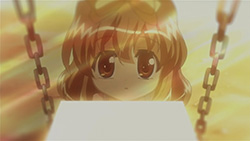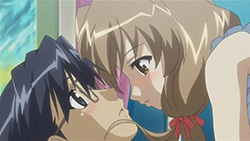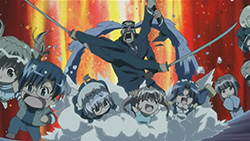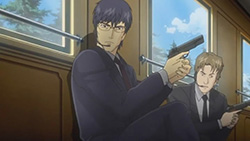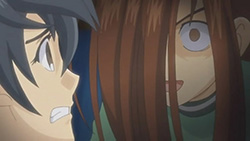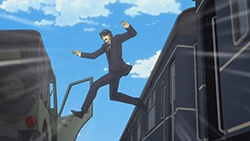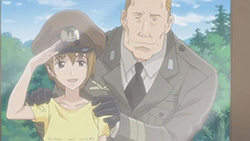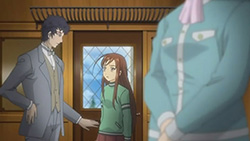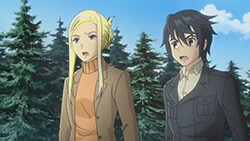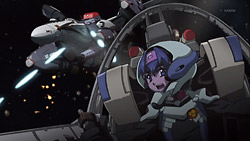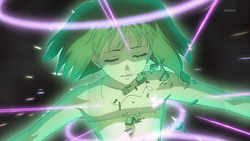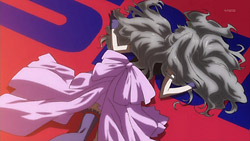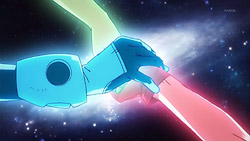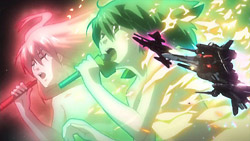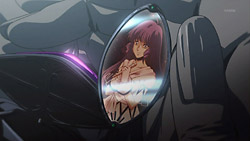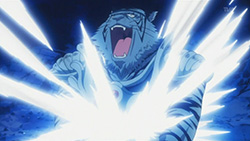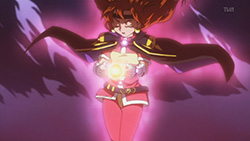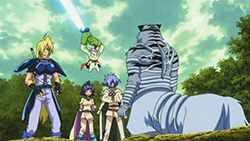With the finale of To LOVE-Ru coming up this week, I thought this would be as good a time as ever to post the PV for the opening theme. When I first heard this song back in April, I admittedly had no idea who THYME was, but found the song itself surprisingly catchy—a sentiment that only grew the more I listened to it. While the fan-service filled opening sequence definitely added to the song’s appeal, it’s actually pretty good on its own, especially in the full version we have here.
Originally an indie band, THYME (pronounced “time”) was formed in 2004 by Thyme (vocals, lyrics) and Shimizu Teppei (arrangement, composition, guitar), but Hoshino Takafumi (music engineer) joined the group a couple of years later when his skills were deemed necessary for them to progress. Prior to forming the band with Teppei, Thyme (real name: Kamiyama Sayaka 神山 さやか) was pursuing a solo music career, but needed someone to help her compose music, thus leading to the THYME we know today. It wasn’t until September 2007 that they had their first major debut though, releasing their single “Hello” after signing with Geneon Entertainment. Under Geneon, their involvement in anime naturally followed suit, which is (probably) why “forever we can make it!” was used as To LOVE-Ru’s opening theme. This trend continued on to the summer season, where their song “Fly Away” was used as the opening theme of Mahou Tsukai Taisetsu na Koto ~Natsu no Sora~, which some of you may recall I originally started blogging.
Seeing as I hadn’t heard of THYME half a year ago but am already a fan of this song and “Fly Away”, I guess this goes to show what a little anime exposure can do for new artists. While these up-and-coming artists probably never pictured having their music used in anime, I doubt they’ll complain about having a few otakus buy their CDs. On a separate note, is it just me or does Sayaka only look half Japanese? I haven’t come across any information stating that she is, but there’s something about her eyes (and straight teeth) that make me think she is. In any case, enjoy the video!
